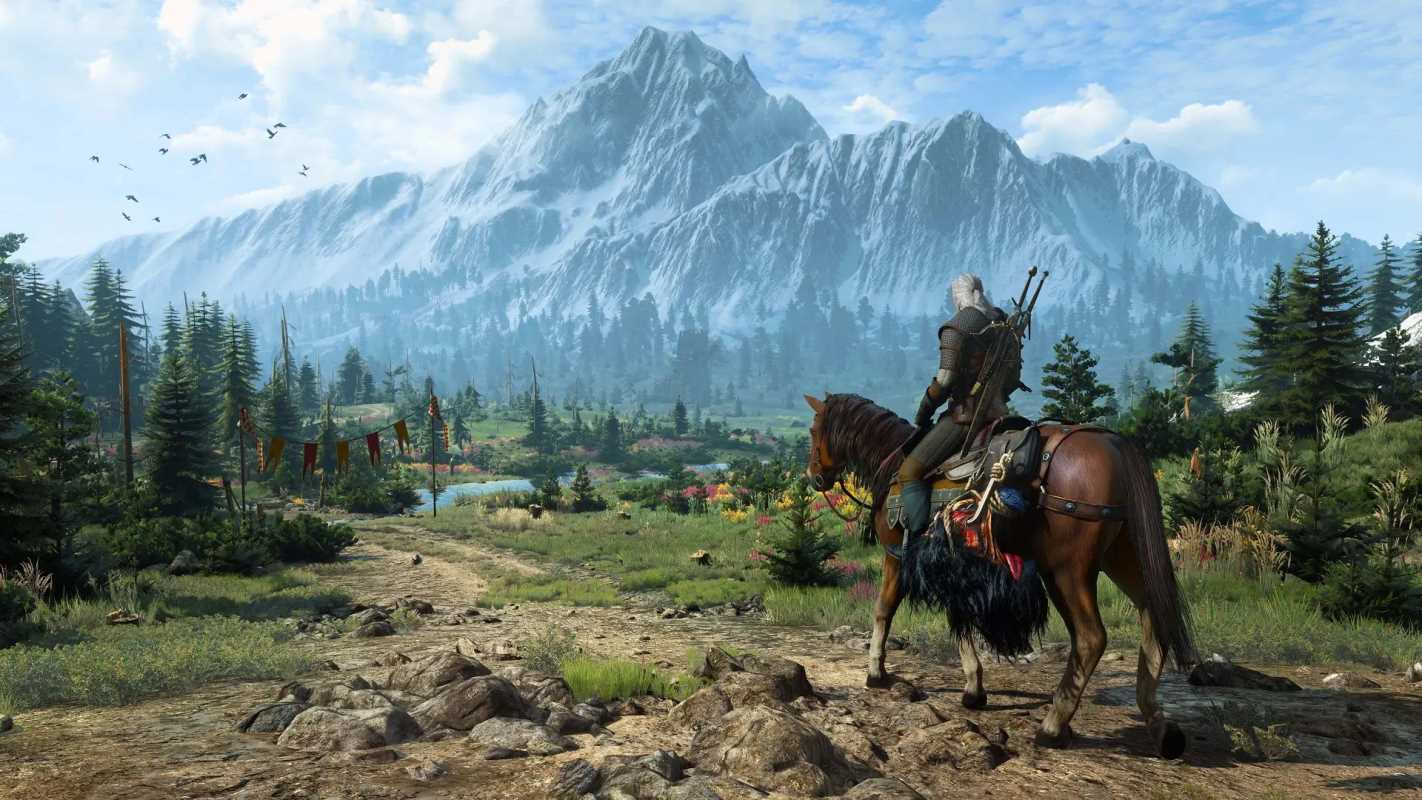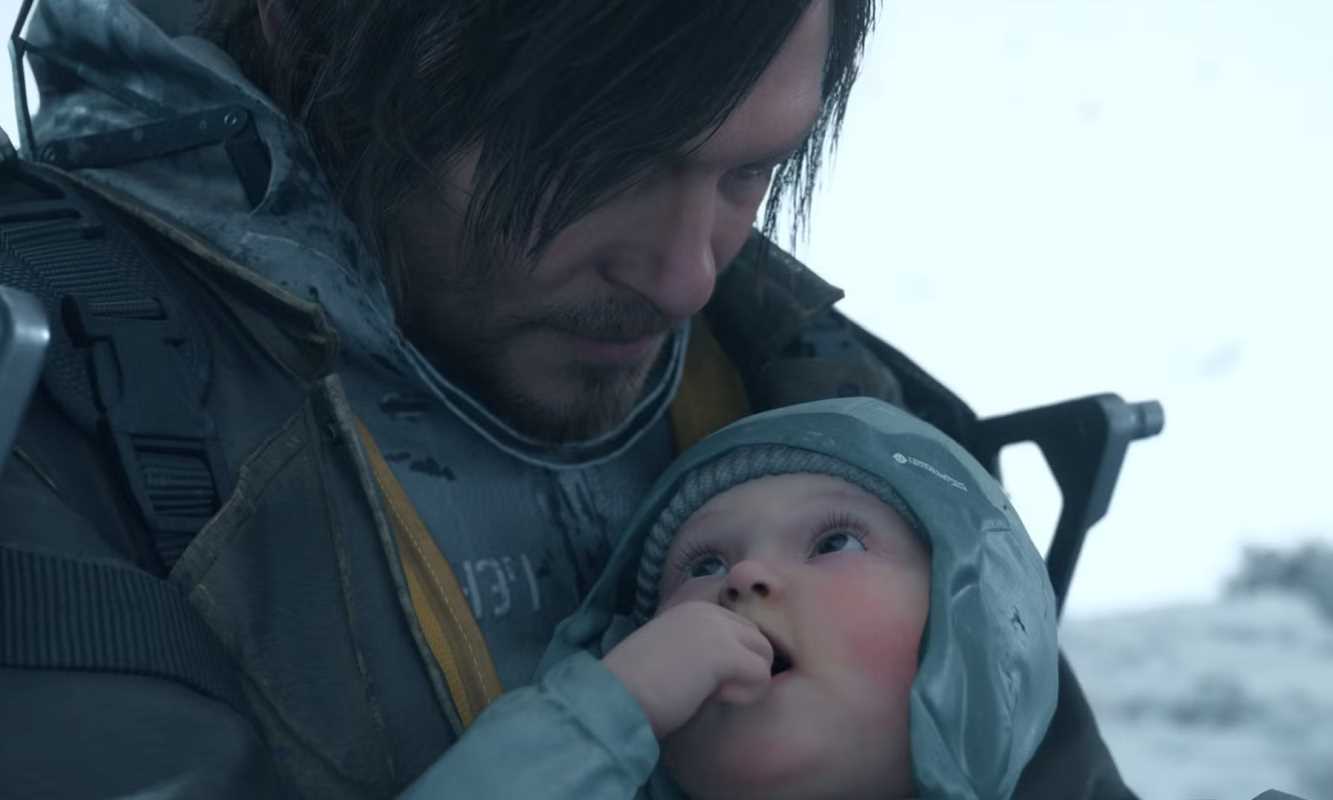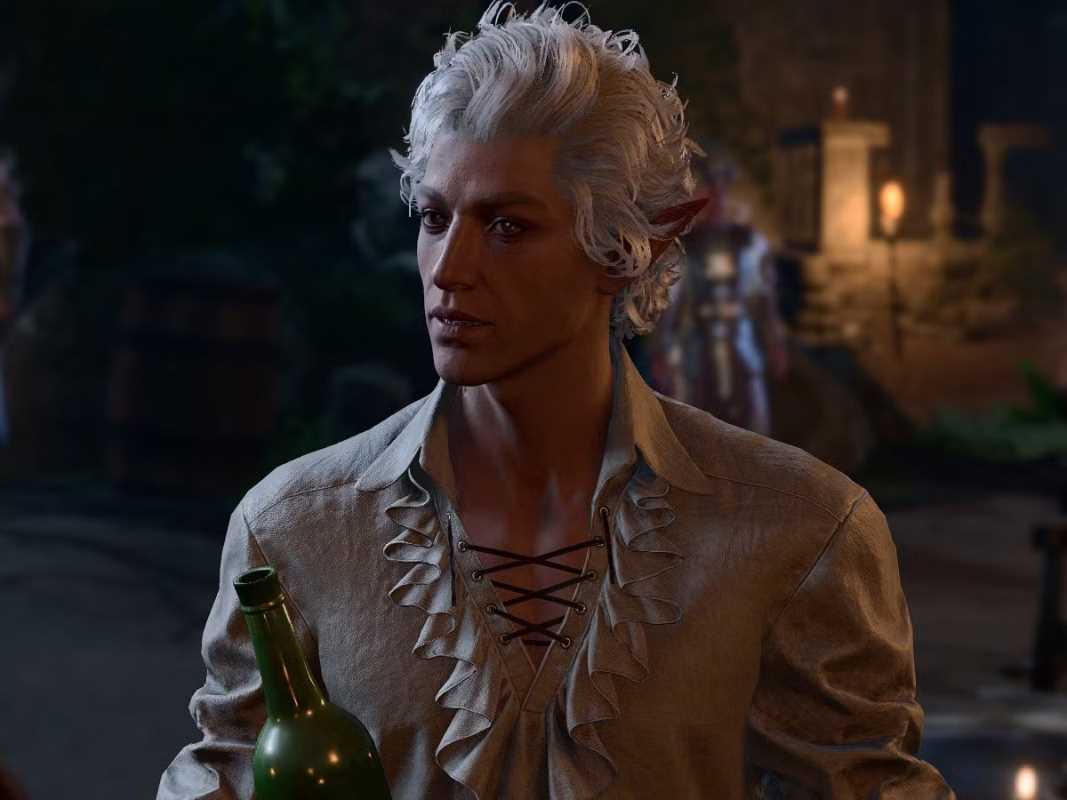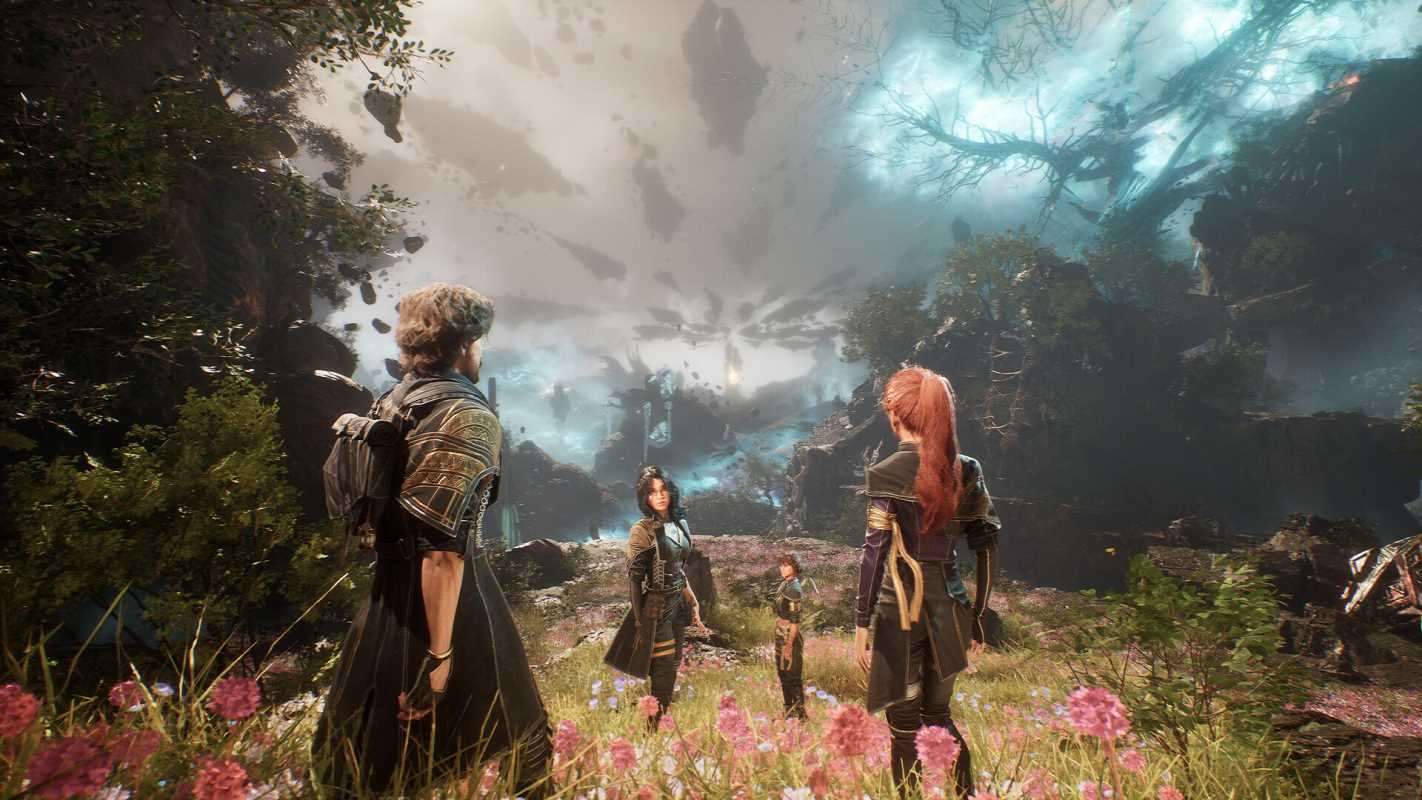There’s something magical about stepping into a vast digital world and knowing you can go anywhere, do anything, and discover secrets tucked behind every corner. Open-world games have redefined the gaming industry, allowing players to inhabit sprawling landscapes, weave their own stories, and explore at their own pace. What began as experimental has blossomed into one of gaming’s most beloved genres, constantly evolving alongside advancements in technology, creativity, and player expectations. Let's take a deep-dive into the history of open-world games, the iconic titles that shaped the genre, and the exciting possibilities promised by the highly anticipated GTA VI.
The Origins of an Open World
Before we had fully immersive 3D environments, the seeds of open-world games were planted in the 1980s. Titles like "Elite" (1984) pioneered the idea of freedom in a game world. "Elite," a space-trading simulator with procedurally generated planets, gave players the ability to roam the galaxy, trading goods, battling pirates, or peacefully exploring distant star systems. It was a revolutionary concept at the time, offering significantly more agency than the linear gaming experiences of its era. The pixelated simplicity belied its ambition, laying the groundwork for free-form exploration.
Fast forward to the early 1990s, where games like "The Legend of Zelda" (1986) followed suit. While not fully an open-world game by today’s standards, Zelda encouraged players to wander its nonlinear map, unearthing caves, battling bosses, and solving mysteries at their own pace. This freedom marked a shift in how players engaged with games, sparking ideas that would shape the genre more definitively in the decades to come.
The Transition to 3D Worlds
The late 1990s introduced a monumental shift in gaming as 3D rendering came to the forefront. Titles such as "Super Mario 64" (1996) and "The Legend of Zelda: Ocarina of Time" (1998) didn’t just show what was possible in 3D space; they allowed players to experience worlds with newfound depth and interactivity. These games encouraged exploration of their maps not just as levels to conquer but as places to inhabit.
The first true open-world game as we know it today was "Grand Theft Auto III" (2001). Rockstar Games transformed the industry by crafting a living, breathing city that players could explore. Liberty City felt dynamic, with pedestrians milling about, cars honking, and radio stations delivering satirical commentary. For the first time, players weren’t shackled to a linear storyline; they could steal a car, cause chaos, or simply cruise around soaking in the atmosphere. GTA III didn’t just create a genre; it propelled open-world gaming into mainstream consciousness.
Expansion and Refinement
Open-world games exploded in popularity in the following years, marked by a mix of experimental mechanics and expanded scale. These advancements came thanks to growing processing power and larger budgets.
"The Elder Scrolls III: Morrowind" (2002) and its sequels, "Oblivion" (2006) and "Skyrim" (2011), embraced vast fantasy landscapes filled with quests, secrets, and lore. Bethesda’s approach combined player-driven objectives with narrative depth, creating a genre-defining model where players could spend hundreds of hours exploring without exhausting its content. Similarly, "Far Cry" (2004) and "Assassin’s Creed" (2007) elevated the genre by blending combat, stealth, and world exploration into one seamless experience.
Meanwhile, Rockstar followed up on their own revolution with "Red Dead Redemption" (2010), and later its sequel in 2018. These were more than games; they were cinematic masterpieces. Tasking players with roaming the Wild West, the rich open world teemed with details, from wandering wildlife to random encounters with bandits. Rockstar demonstrated that open-world games weren’t just about size or freedom; they were about creating worlds that felt alive.
The Modern Open-World Landscape
The last decade refined what it meant to create an open world. Games like "The Witcher 3: Wild Hunt" (2015) introduced storytelling that became as epic and complex as the worlds themselves. Quests weren’t mere fetch tasks but layered narratives brimming with tough choices and moral ambiguity. Players weren’t just moving through the world; they were emotionally invested in it.
"The Legend of Zelda: Breath of the Wild" (2017) continued to innovate by championing true player agency. Rather than guiding players to explore Hyrule in a fixed manner, the game relied on systems-based mechanics that allowed for endless creativity. Encounter a river? You could freeze it, glide over it, or swim. The joy lay in the tools provided and the solutions you devised.
Other luminaries like "Horizon Zero Dawn", "Cyberpunk 2077", and "Elden Ring" brought their own twists to the genre, each pushing the boundaries with stunning visuals, intricate mechanics, and new ways to engage with their living worlds.
Towards the Future With GTA VI
With such a rich history, it’s hard not to be excited about the next big player in the genre: Grand Theft Auto VI. If Rockstar’s track record is anything to go by, the game isn’t just going to inhabit an open-world space; it’s going to redefine it.
Here’s what we can anticipate based on leaks, speculation, and Rockstar’s history:
A Hyperrealistic World
Several reports suggest that GTA VI will feature not just one city but possibly multiple sprawling locations, including a reinvented Vice City and surrounding countryside. Advances in technology may allow for unprecedented detail, where cities adapt and respond to your actions. Imagine weather systems that affect NPC behavior, or cities evolving as storylines progress.
Dynamic NPC Systems
Open-world games have always aimed to make NPCs feel believable, but GTA VI promises to take this a step further. With artificial intelligence making vast strides in recent years, Rockstar’s NPCs could feel less like set dressing and more like independent agents with routines, personalities, and even long-term goals. Random encounters with civilians might spawn full quests or lead to unexpected alliances.
Evolving Stories
Traditional open-world narratives often use branching paths, but GTA VI could experiment with stories that dynamically evolve based on your playstyle. Imagine rival gangs reacting to your alliances, or a police force altering their tactics depending on how much havoc you’ve wreaked. Your actions might shape the kind of world you inhabit.
Cutting-Edge Multiplayer
Rockstar’s success with GTA Online shows multiplayer isn’t just an addition; it’s a major draw. GTA VI’s rumored integration of multiplayer into its open-world could erase the boundary between single and multiplayer, creating a shared sandbox where players seamlessly interact with or against others.
Immersion Beyond the Screen
Finally, there’s the potential for Rockstar to explore immersion with haptic feedback, VR compatibility, and environmental detail so vivid it blurs the line between game and reality. The ability to pick up items, enter every building, or even manipulate the city’s systems (like traffic lights or economy) could offer an unparalleled sense of control.
Closing Thoughts
From pixelated galaxies to sprawling hyperrealistic cities, the evolution of open-world games is a testament to human creativity and the power of technology. Every iteration has expanded what we thought was possible, from "Elite's" vast cosmos to "Breath of the Wild’s" open-ended curiosity. Now, as GTA VI looms on the horizon, we find ourselves at the cusp of yet another leap forward.
The genre has always been about freedom—not just to explore but to dream of what’s next. With GTA VI, Rockstar isn’t just promising a game; they’re promising a world with possibilities we’ve only begun to imagine. And for fans of open-world adventures, there's no better time to be a gamer.
 (Image via
(Image via





